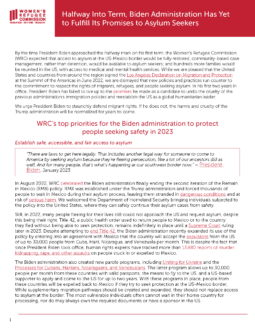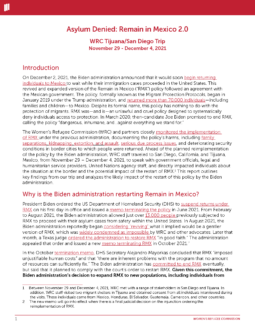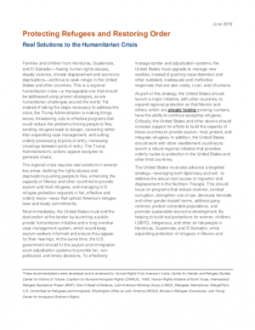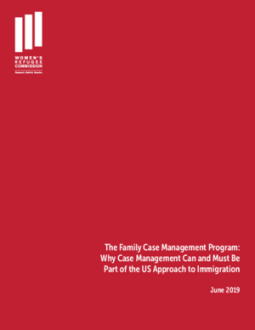
What Do We Know About Economic Strengthening for Family Reintegration of Separated Children?
PublishedWhile every category of separated children has distinct characteristics and needs, household poverty is often the major driver of family separation, and poverty affects the ability of separated families to reintegrate and stay together.
In their efforts to bring children formerly associated with armed forces/groups, children living in the street, children orphaned by AIDS and trafficked children (back) into family care, humanitarian actors employ a wide variety of economic strengthening (ES) approaches to shore up the household economy. These include, among others:
- Skills training
- Microcredit
- Income-generation projects
- Savings accounts
- Cash transfers
- Job development
- Agricultural development
- Cash-for-work
- Small business development
- Financial education
- Food-for-work
- Value chain development
This document collects lessons learned from humanitarian- and development-context ES interventions across various categories of separated children, across contexts and across agencies. Depending on the age of the child and the context, some programs engage caregivers, households or entire communities as the primary ES beneficiaries, while others engage older children directly.
The history of ES interventions in resource-poor and crisis-affected environments includes a great many failed experiments, and even where programs have succeeded, most have failed to properly evaluate and document lessons learned in a way that could inform future efforts. Donors and implementing organizations with different categories of children may be working on similar issues but are largely unaware of each others’ work and learning. As a result, programmers, funders and policymakers struggle to know what ES approaches to implement.
This report looks back at ES approaches used in family reintegration programs to capture lessons learned. It outlines common ES approaches, their advantages and disadvantages; offers case studies of innovative models; and recommends key principles for improved programming, monitoring and the building of an evidence base. Given the scarcity of academic literature on ES in family reintegration efforts, the authors relied on semi-structured interviews with experienced practitioners and a review of “gray literature,” including program reports and tools employed in the field.
The report authors recommend that agencies prioritize building internal capacity to design and implement effective ES programs and that donors and policymakers work to build the ES capacity of the child protection field. All stakeholders should prioritize building the evidence base through evaluation research, including experimental or longitudinal designs.






